M1 2021 - 2022 studio descriptions
Studio presentations will take place on Monday, August 23 at 10:00am. Information on the remote session has been distributed to students via email. See the 2021 - 2022 Welcome Letter for details about the studio selection / assignment process.
Letting Go: From Reservoirs in the Sky to a Pile of Dust
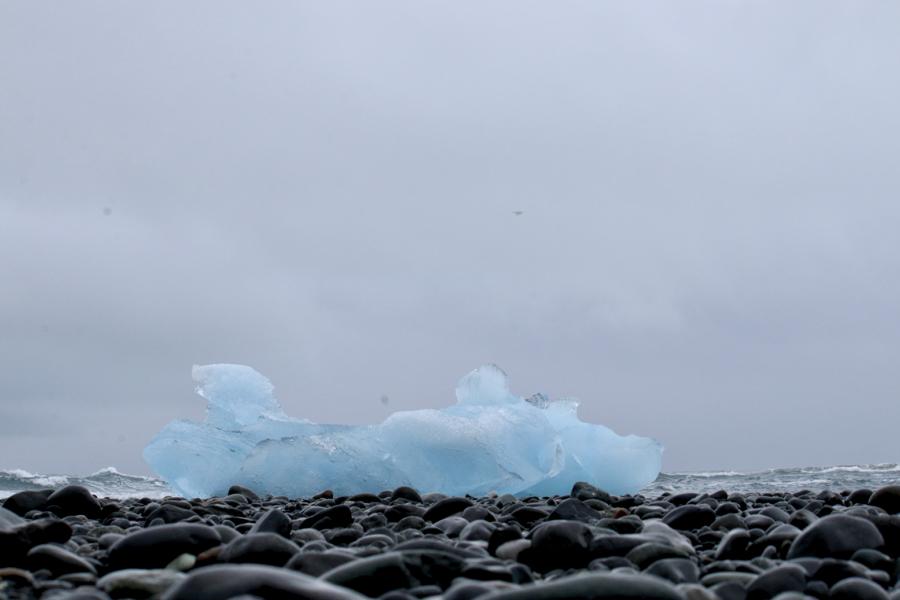
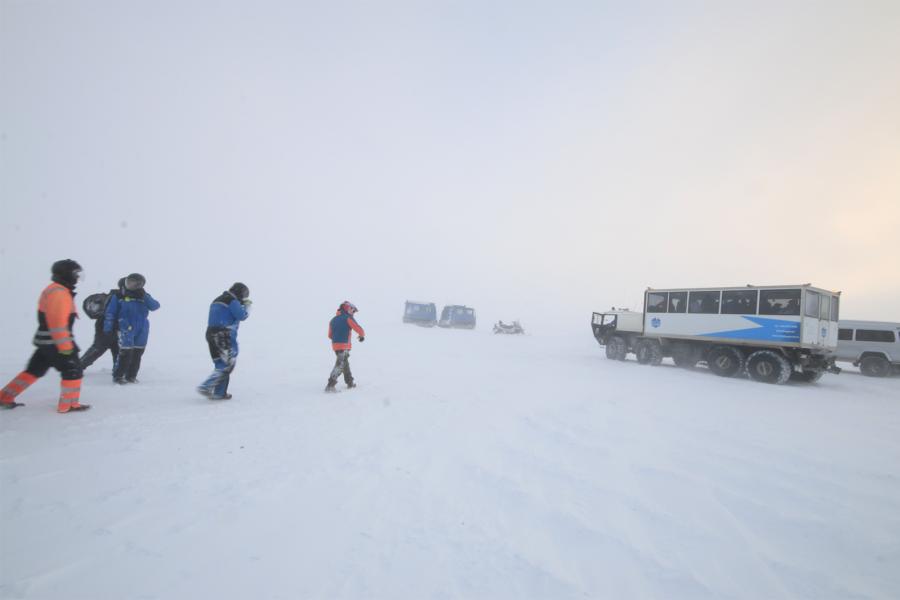
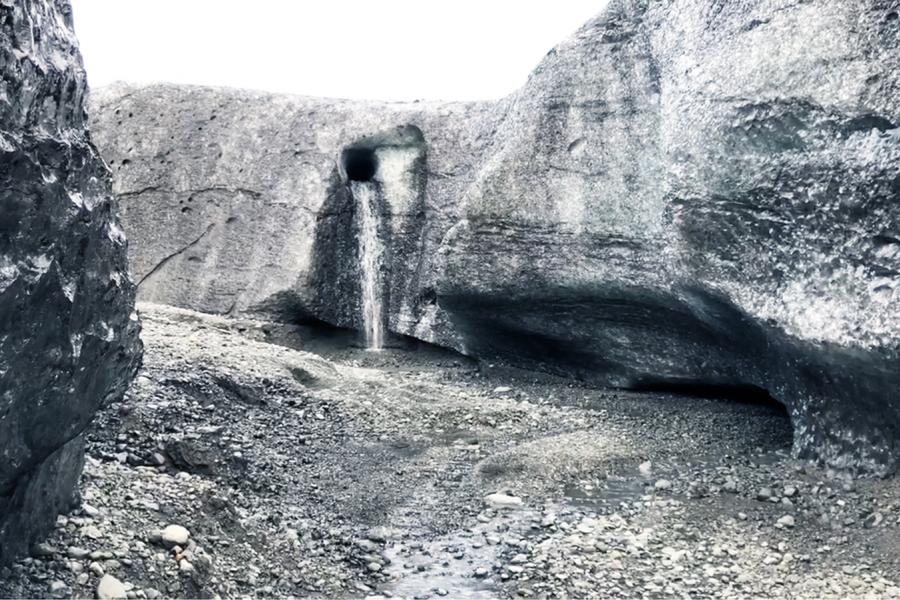
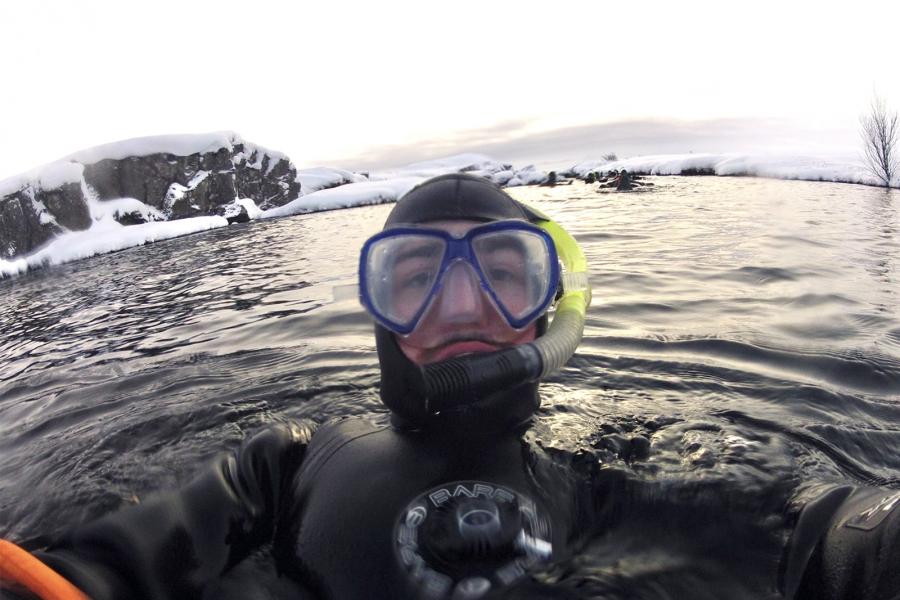

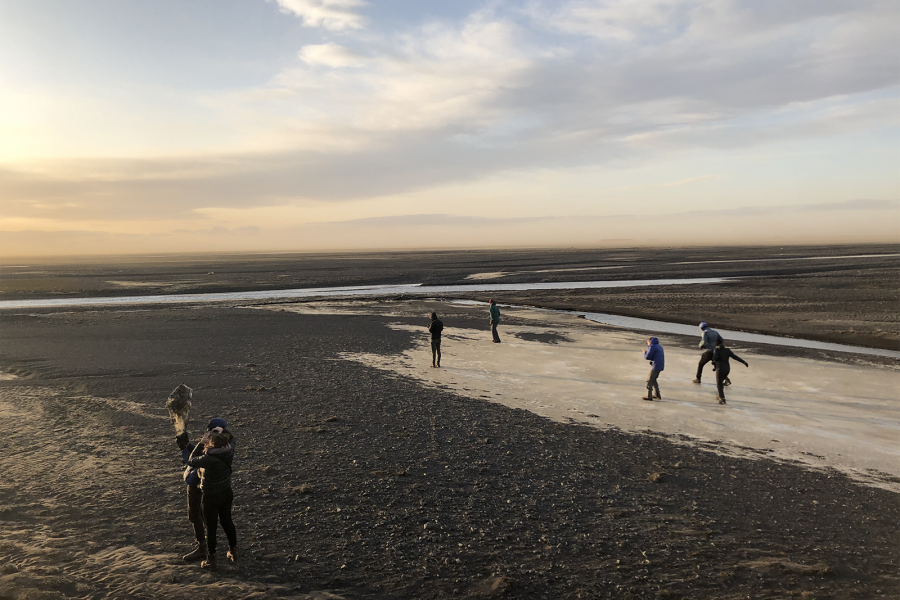
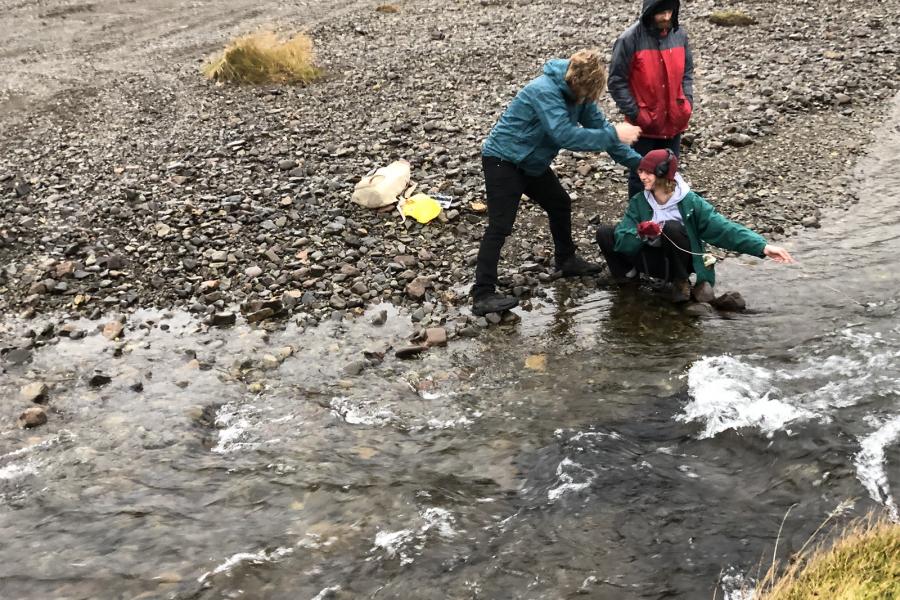
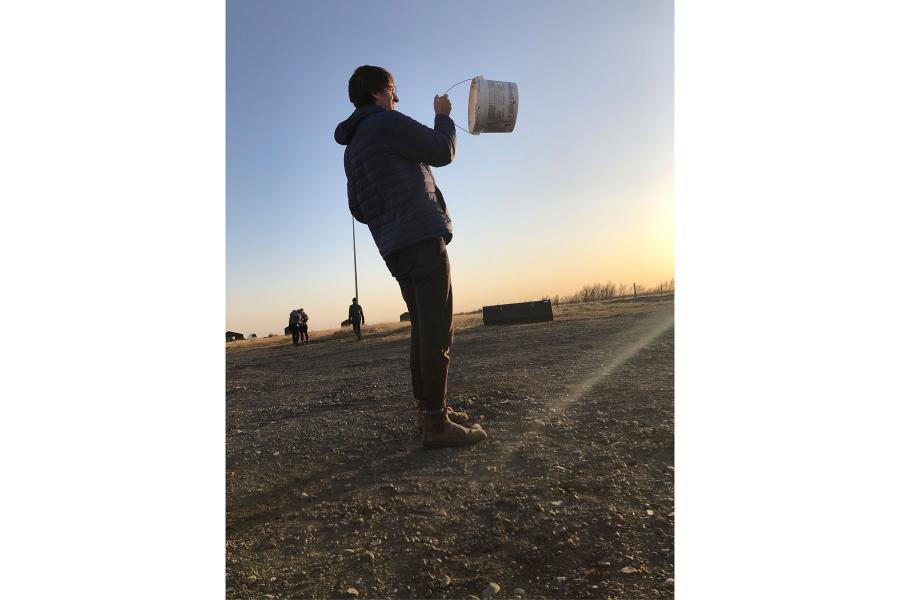
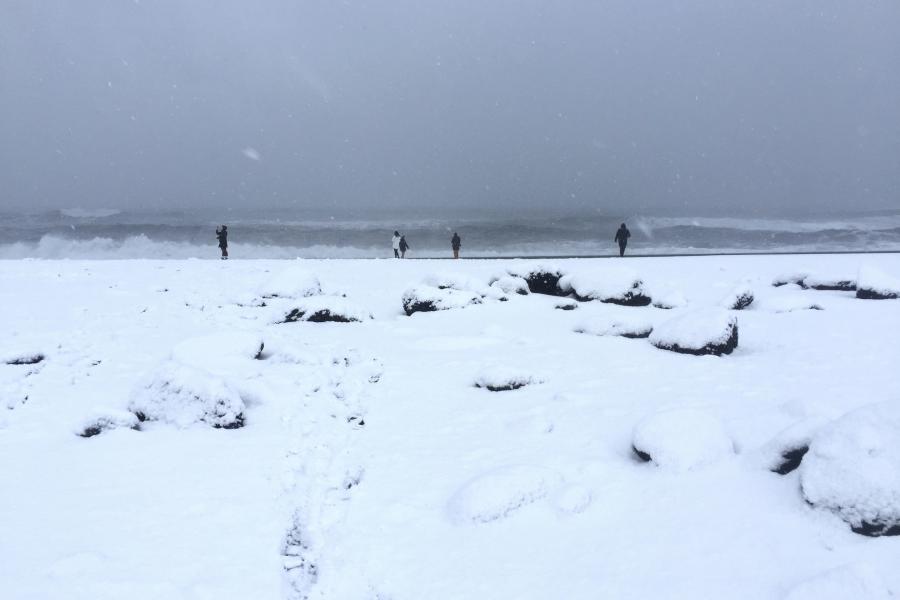
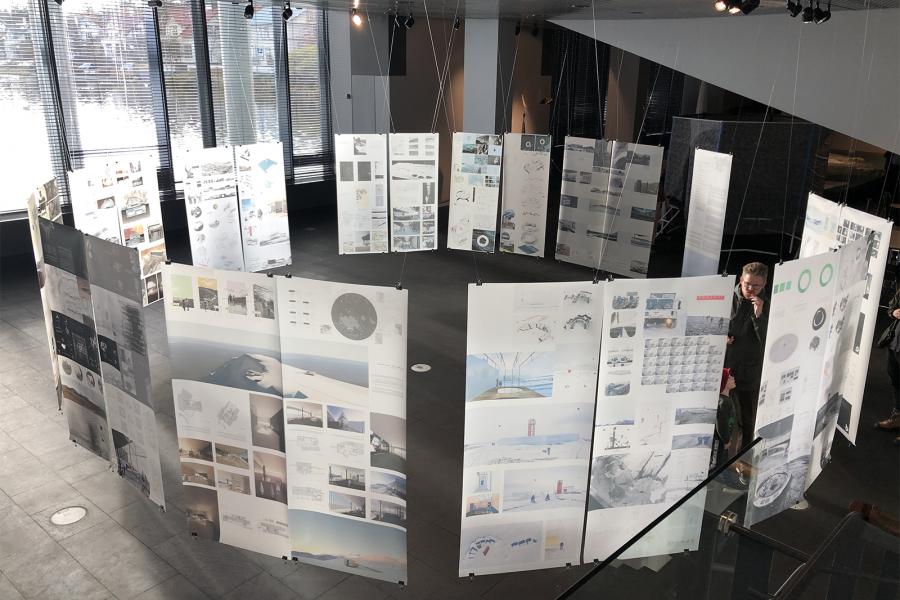
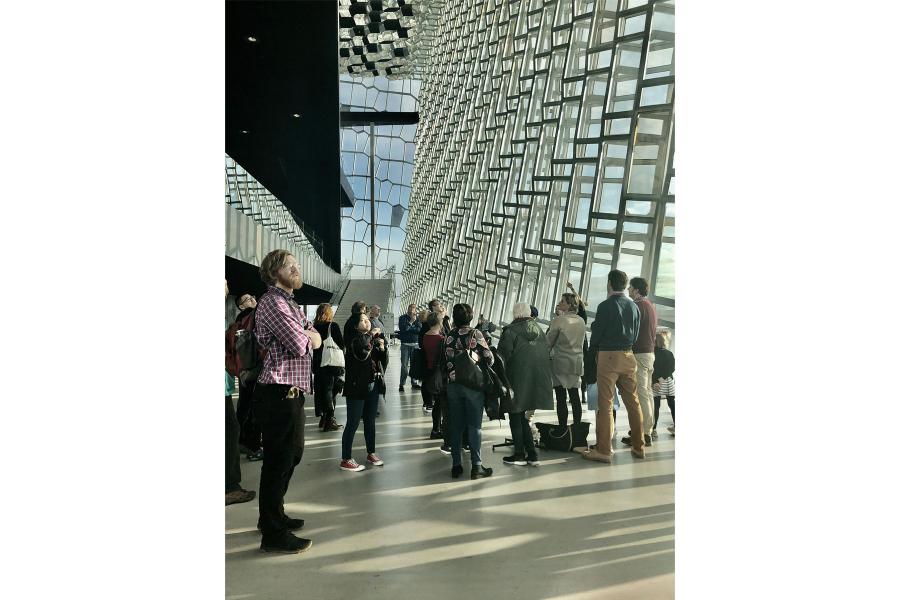
Learn more about Letting Go: From Reservoirs in the Sky to a Pile of Dust
This summer we have been eyewitnesses to record breaking patterns of prairie drought, extreme heat, and shrinking rivers – the inescapable smoke is a daily reminder of present danger. Things get complicated when we add micro-plastics in the northern oceans, glacial collapse, ocean current subversion, and sea level rise to the stress factors. We watch the slow-collapse our unwinding planet, seemingly non-responsive to its own plight, no longer capable of healing itself.
With the recent release of the Intergovernmental Panel on Climate Change (IPCC) 8th Report we have a much more coherent climate analysis before us. The IPCC has prepared a road map to help us navigate the environmental crisis. As environmental damage accumulates it increasingly becomes our obligation as architects to demonstrate ways of reducing our impact and building differently.
This studio will concentrate on the hydrological change models of prominent glaciers - our ‘reservoirs in the sky’. As our global ice trust is depleted evermore rapidly - in some cases explosively - the old concepts of control and domination by mass interventions seem inadequate. Technical reinforcements are not enough to stem the evermore dynamic retreat and decline towards eminent disappearance. On the other hand, ignoring such an evident demise with its potential catastrophic outcomes also not a viable alternative.
On the Great Plains we are familiar with the vast distances between the high-altitude snowpack melt and the eventual flow into the ocean at sea level. Our region sustains several vivid examples. The Bow River winds through the Diefenbaker Dam junction into Qu’ Appelle and the Assiniboine (our Assiniboine), the Red River and northward to Lake Winnipeg, the Nelson River, and its eventual exit into the Hudson’s Bay. The Milk River originates at a matching great-divide height in southwest Montana, winds into Alberta, then doubles back across the Medicine Line to join the 3,767 km long Missouri River below the Fort Peck Dam. From here the water finds its way west and south to St. Louis, where it flows into the Mississippi River and through New Orleans into the Gulf of Mexico.
These magnificent transcontinental examples are difficult to fully comprehend because of their scale. Iceland allows us to explore the whole cycle, from the uppermost reaches of the broad temperate glacier Vatnajökull across one of the largest Sandhurs in the world to the open ocean in a few days, in less than 100 kms. Or from Eyjafjallajökull, an ice cap formed over top of the caldera of a volcano, we can reach the black sand beaches looking out to the Westman Islands in one day.
We are living in an era of environmental connectivity. A whole systems comprehensive design approach is required. How do we let go of orthodox technologies, and build intertwined and complicit interventions using adaptive techniques to redirect flows, harness energy, and respond to seasonal flux? Can we stabilize the exiting melt waters, assure access, and intercede in ways that preserve runoff benefits before the braided rivers enter the oceans to be born again? How can we build an equilibrium of design and construction, and find a balanced coherence in the face of this crescendo of climatic chaos?
In the second term we will examine how these scenarios might affect urban living - at sea level.
Studio Physio
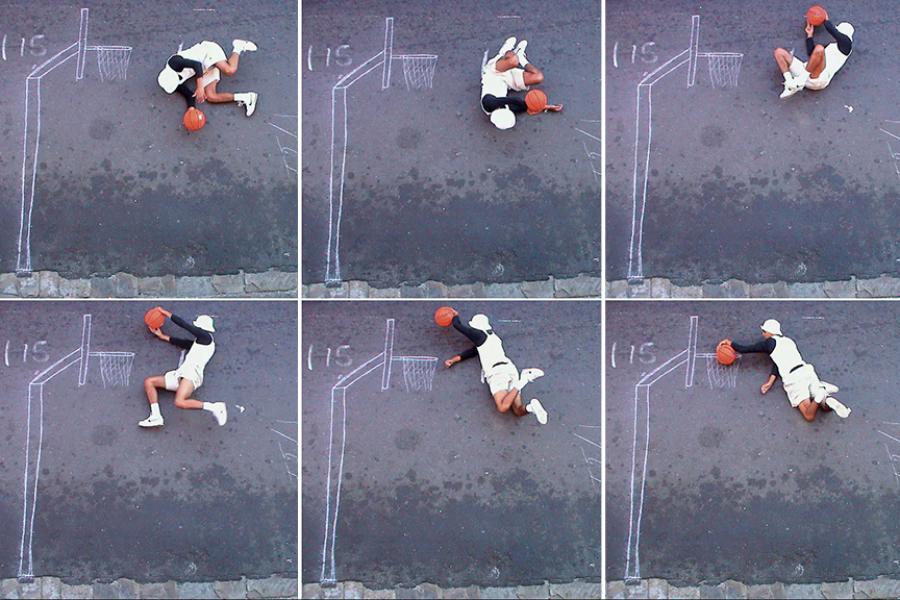
Learn more about Studio Physio
Imagination is a muscle that enjoys playing games.
– Peter Brook, Open Door (1993)
The psychical is immanent in the physical.
– John Dewey, Soul and Body (1883)
My body is made of the same flesh as the world.
– Maurice Merleau-Ponty, The Visible and the Invisible (1969)
The body is less an entity than a living set of relations.
– Judith Butler, Notes Toward a Performative Theory of Assembly (2018)
In Studio Physio architectural imagination is a full-body experience - and rambunctious team sport!
By disrupting normal routines and activities, including group exercise, the pandemic has intensified concerns about the effects of prolonged sedentary virtual work and sparked a surge of interest in the eudaemonic “State of Play.” Cyclists and hula-hoopers have taken over the streets. Some have taken up juggling! Others have embraced “The Wisdom of Dance to Find Our Way Back to Our Bodies” and Playing in Public. Physical activity in a social milieu is not only key to individual health and social well-being, but also crucial for shaping world-views, cultural meaning, ethical imagination and resilient adaptability in changing circumstances. Physical play is also fun! – even exhilaratingly joyful in loosening limits and exploding potential.
This studio will explore many kinds of physicality, including physical materials, substance and sedimentation, as well as modes of socialization, like formative play, physical theatre and dance, group improvisation, and renewed choreographies for everyday practices that strengthen and sustain one’s sense of agency, participation and belonging in a shared and co-constructed world.
Studio Physio will spring into the world of active experimentation with human and more-than-human architecture, while learning from strategies of play, performative “Happenings,” the embodied habitus of haptic experience, and an array of active architectures, from playground designs and restorative landscapes, to political teeter-totters and musical swing sets, to a variety of exemplary projects like sportsplexes, aquatic facilities, community centres, and activated laneways. (A Vancouver field trip is planned, as well as local excursions and public play). The studio will also engage topics of human rights, the right to appear and appear differently; issues of gender and racial bias; accessibility, design for inclusivity; and radical approaches to culture and architectural design.
Ultimately, students will research, propose and design active living and community facilities exercising the social body, and that most important muscle for the architect: imagination!
Follow on Instagram @studio_physio
Studio 'PIRATES AND FARMERS'
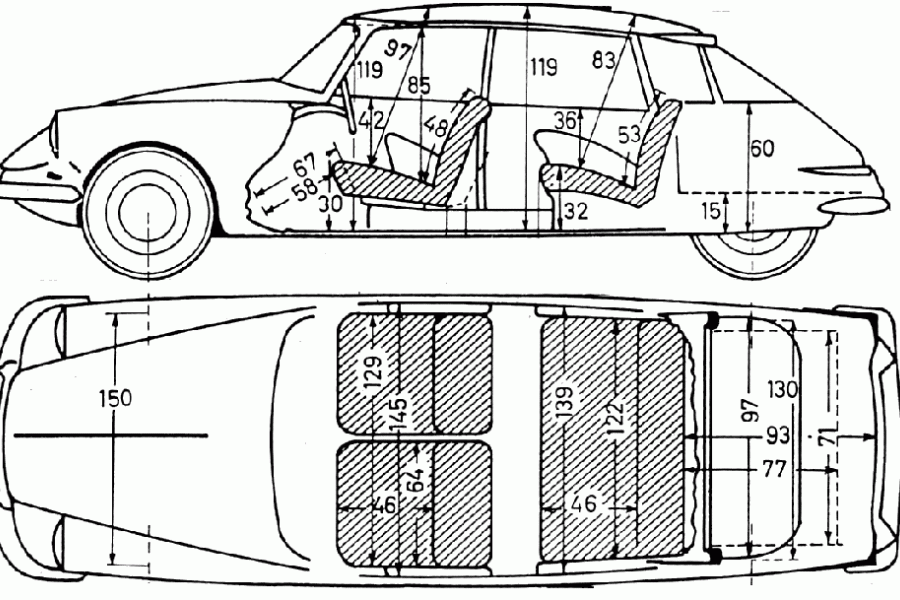
Learn more about Studio 'PIRATES AND FARMERS'
MAIN THEME: What’s your position?
Constructing a precast concrete MURB
INTRODUCTION
In his book, Pirates and Farmers, cultural theorist Dave Hickey privileges that which is difficult and specific above that which is global and banal. The book challenges attitudes about taste.
‘Farmers are the vast majority of passengers riding high and low on today's lone and bloated cultural flagship. Pirates question and transgress, farmers maintain the status quo.’
Minuk studio this year will focus on a student’s ability to develop their own attitudes and articulate their own beliefs about architecture in studio work. It will need to transcend beyond your actual studio work into the larger cultural realm. What are your five favorite buildings, books, houses, chairs, paintings, cheeses, bands ... You should be able to name these. Not holding down a fixed roster of choices but a base from which to constantly assess and reassess and understand your own taste.
Students will expose attitudes through doing and making and assessing. Not the safe and endorsed opinions told by the master or style god that tell us what we should like.
Rather than spending a ton of time reflecting and pondering, students will act. We will together critically reflect on the productions and qualities. We will look at manifestoes and programs.
Everything is permissible as long as it is fantastic.—Carlo Mollino
By the end of M1 you should be able to say what is important to you. You should be authoring your own work. You should have a list of building that you need to visit first hand. You should be obsessed by architecture and by the things that interest you specifically. What do you collect? What stuff do you like? Ultimately what is your taste, intuitively and intellectually?
Studio 'PIRATES AND FARMERS' will focus on constructing a complex living realm that is not about the forest and its paths. [Heideggerian] Rather about building and locating: about Assemblages and constructions [Deleuzian] [not ideal, pure or autonomous; rather the opposite: it will embrace the dirty realism of the world that we live in including pandemics, social obligations and responsibilities, ethics, economics, lack of money or messy site constraints, incomplete, evolving. It will be of the city and modes of arranging and disposing people and things - assemblages.
SPECIFIC HOUSING
You will design a medium scale housing project guided by your own beliefs. You will draw some of your design at a one to one scale such that you can imagine inhabiting.
CPCI FRAMEWORK
You will explore your ideas in a tectonic physicality in precast concrete. CPCI is providing some funding for this studio. This is a precast concrete studio.
FIELD RESEARCH: Fieldtrips are a search for nourishment. They are also a way to test your own investigative biases in terms of choosing and selecting restaurants, places to stay, stuff to do and so on. It is imperative given that we are human beings and alive that we touch and experience amazing buildings and stuff first-hand. We need to taste and experience real stuff.
LONG:
NORTHERN ITALY ROAD TRIP: Mollino, Terragni, Nono, Cattaneo, Antonioni, Assiago, Scarpa, Grappa, Michelucci, Palladio, Invernizzi, Polenta, GianCarlo de Carlo, Venice Bienale,
SHORT:
BEAUSEJOUR: Manitoba Glassworks, Polaris Snow Machines, Ice Racing, Manitoba Brickworks
